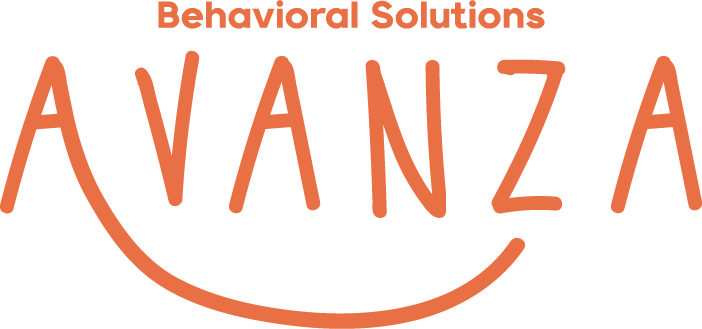Parent Rights & ABA in the IEP: What You Need to Know
As a parent, you are your child's most important advocate. One of the best ways to ensure your child gets the support they need is through the Individualized Education Program (IEP). If Applied Behavior Analysis (ABA) is part of your child’s IEP, it’s important to understand your rights and how to be actively involved in the process.
Here’s a breakdown of what every parent needs to know about ABA in the IEP:
1. You're Part of the Team
The IEP process is a team effort, and you play a crucial role. As a parent, you are not just a bystander – you are an active participant in shaping your child’s education plan. Attend IEP meetings, share your insights, and help decide the best course of action for your child's unique needs.
2. Your Consent Matters
Before any services or goals are implemented, your consent is required. This includes all aspects of ABA therapy, from the specific goals to the interventions used. You have the right to understand and approve everything that will be part of your child’s education and therapy plan.
3. Clear, Measurable Goals
ABA is designed to help your child learn essential skills, like communication, socialization, and self-regulation. When ABA is part of your child’s IEP, the goals should be clearly defined, measurable, and tied to your child’s individual needs. These goals should always focus on fostering your child’s growth and independence in a meaningful way.
4. Track Progress & Stay Informed
One of the core principles of ABA is consistent data collection and progress tracking. You should be provided with regular updates on your child’s progress toward their goals. This can include reports from therapists, progress meetings, or communication from the school team. Being kept in the loop allows you to understand how your child is doing and whether the strategies being used are effective.
5. Disagreements? You Have Options
It’s normal to have concerns or disagreements about your child’s IEP or ABA services. If you feel that something isn't right or needs adjustment, you can request a second opinion from an outside expert or ask for a formal hearing. Your input and concerns matter, and there are processes in place to help resolve issues.
6. Review and Revise Yearly
Your child’s needs may change over time. That’s why the IEP is reviewed annually, but you also have the right to request changes at any time if you feel adjustments are needed. If the current plan isn’t helping your child as expected, you can advocate for modifications to better suit their needs.
7. Stay Involved and Ask Questions
The most important thing you can do is stay actively involved. Ask questions, express your concerns, and ensure your child’s needs are being met. As a parent, your voice is vital in making sure the IEP is an effective plan that truly supports your child.
Remember, ABA in the IEP can be an incredibly valuable tool for helping your child build essential life skills, but it’s crucial that you stay informed and involved in every step of the process. Advocate for your child’s needs, ask for regular updates, and don’t hesitate to seek help if you need it. You’re not alone – you have the right to make sure your child gets the best support possible!


